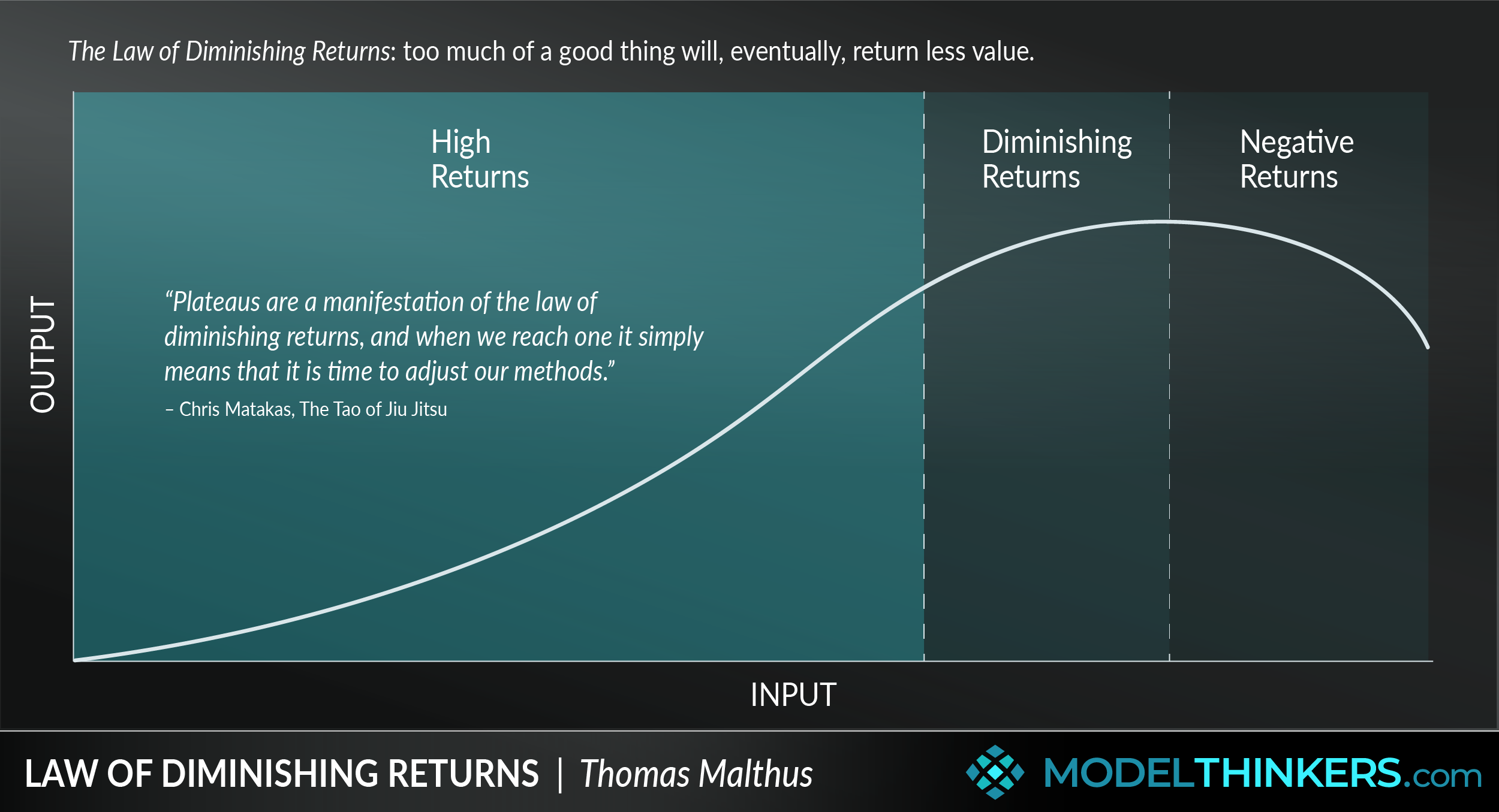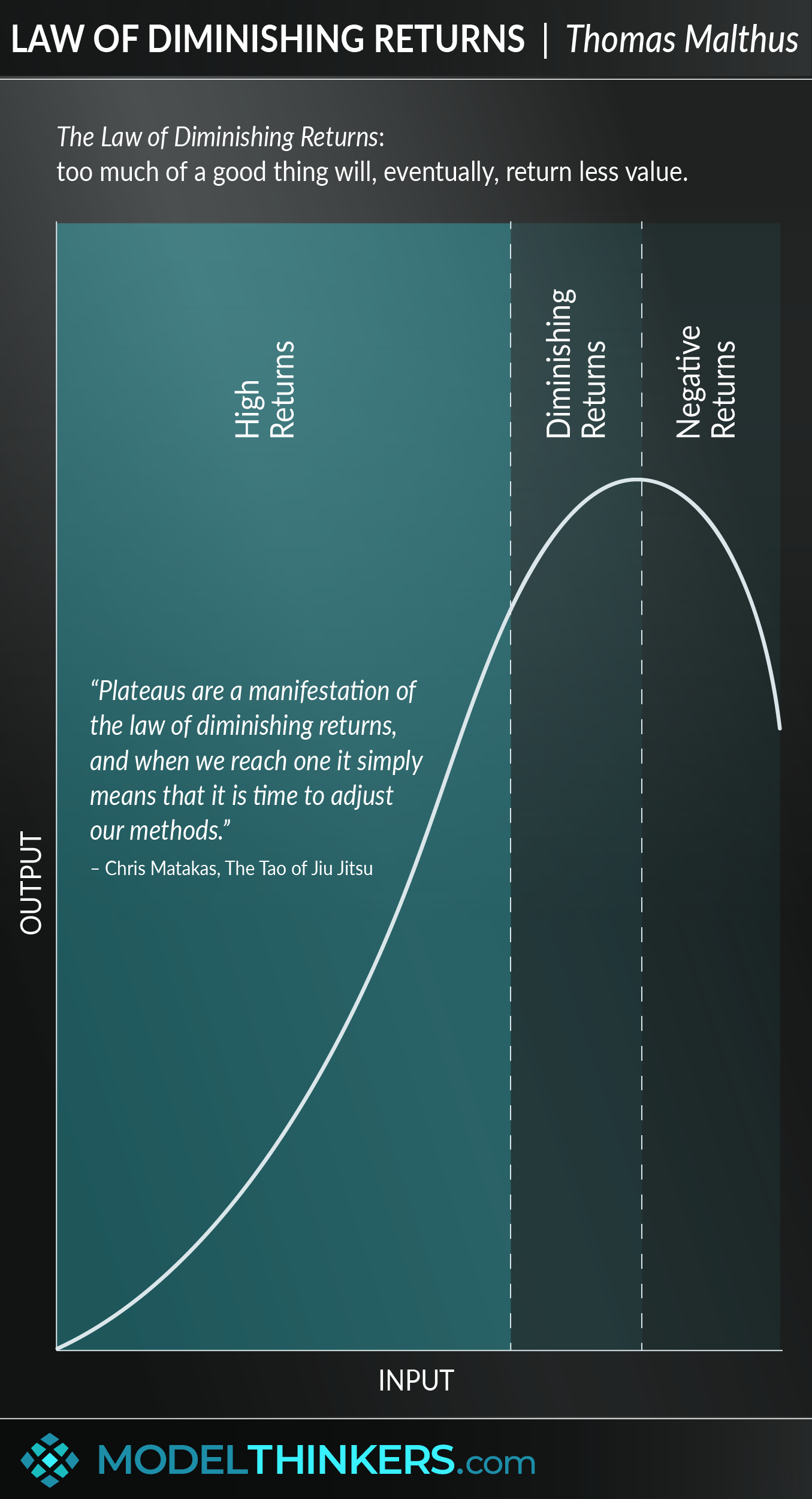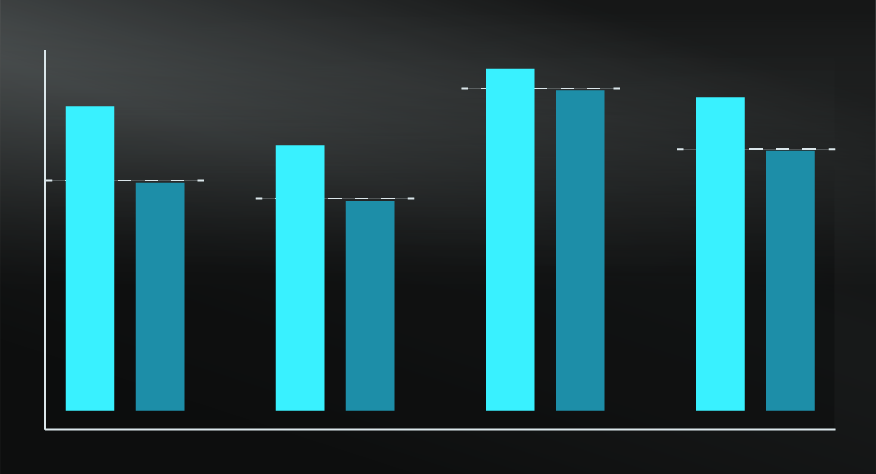

 0 saved
0 saved
 7.2K views
7.2K views








Think back to the last time you overindulged in a huge, delicious dessert. It’s likely that the first bite was divine, but perhaps ...
Lorem ipsum dolor sit amet, consectetur adipiscing elit. Duo Reges: constructio interrete. Si enim ad populum me vocas, eum. Si enim ita est, vide ne facinus facias, cum mori suadeas. Materiam vero rerum et copiam apud hos exilem, apud illos uberrimam reperiemus. Nec vero pietas adversus deos nec quanta iis gratia debeatur sine explicatione naturae intellegi potest.
Quid enim de amicitia statueris utilitatis causa expetenda vides. Illi enim inter se dissentiunt. Idcirco enim non desideraret, quia, quod dolore caret, id in voluptate est. Ad corpus diceres pertinere-, sed ea, quae dixi, ad corpusne refers? Ergo hoc quidem apparet, nos ad agendum esse natos. Tum Lucius: Mihi vero ista valde probata sunt, quod item fratri puto.
Inde sermone vario sex illa a Dipylo stadia confecimus. Prioris generis est docilitas, memoria; Hinc ceteri particulas arripere conati suam quisque videro voluit afferre sententiam. Scaevola tribunus plebis ferret ad plebem vellentne de ea re quaeri. Apud ceteros autem philosophos, qui quaesivit aliquid, tacet; Quodsi ipsam honestatem undique pertectam atque absolutam.




- Find the optimal peak.
Know that ‘more of a good thing is not always better’ ...
Lorem ipsum dolor sit amet, consectetur adipiscing elit. Tubulo putas dicere? Non autem hoc: igitur ne illud quidem. Duo enim genera quae erant, fecit tria. Atque hoc loco similitudines eas, quibus illi uti solent, dissimillimas proferebas.
Tum Piso: Atqui, Cicero, inquit, ista studia, si ad imitandos summos viros spectant, ingeniosorum sunt; Duo Reges: constructio interrete. Si qua in iis corrigere voluit, deteriora fecit. Atqui eorum nihil est eius generis, ut sit in fine atque extrerno bonorum. Ne in odium veniam, si amicum destitero tueri.
Quae cum essent dicta, finem fecimus et ambulandi et disputandi. Omnes enim iucundum motum, quo sensus hilaretur. Videsne, ut haec concinant? Hoc enim identidem dicitis, non intellegere nos quam dicatis voluptatem. Gracchum patrem non beatiorem fuisse quam fillum, cum alter stabilire rem publicam studuerit, alter evertere. Bonum integritas corporis: misera debilitas. Quamquam id quidem licebit iis existimare, qui legerint. Nosti, credo, illud: Nemo pius est, qui pietatem-; Rationis enim perfectio est virtus; Sed haec ab Antiocho, familiari nostro, dicuntur multo melius et fortius, quam a Stasea dicebantur.
The Law of Diminishing Returns is based on a number of assumptions that are not always relevant to real-world situations. These include:
-
No change in technology
-
A short period of impact
-
Consistent, homogeneous units
-
Measurement of product using tangible units.
Each of these assumptions might be challenged in the real world. Technology is always progressing, the units of input are likely going to vary (hiring one person compared to another person will have different impacts) and even the questions of measurement will be more complex beyond the narrow assessment of weight or financial value.
It relies on a static, predictable system which is rarely true or at least has clear limitations when applied to the complexity of reality.
Too Many Cooks.
A useful example to explain this model is to consider a small food truck that sells doughnuts. If that truck has one cook, they might be able to produce 20 doughnuts every hour. Adding one more cook might increase that output to 40 doughnuts every hour. However, adding a third cook might only allow them to produce 45 doughnuts every hour because of the limited space and resources in the truck, and adding a fourth cook might not add any returns at all.
d
The concept of Diminishing Returns has a rich and long history, being traced back to economists such as Adam Smith, Jacques Turgot, and Thomas Mathus. The earliest explicit references to this model were in relation to farming outputs and can be attributed to Thomas Malthus and David Ricardo.
 My Notes
My Notes
Oops, That’s Members’ Only!
Fortunately, it only costs US$5/month to Join ModelThinkers and access everything so that you can rapidly discover, learn, and apply the world’s most powerful ideas.
ModelThinkers membership at a glance:






“Yeah, we hate pop ups too. But we wanted to let you know that, with ModelThinkers, we’re making it easier for you to adapt, innovate and create value. We hope you’ll join us and the growing community of ModelThinkers today.”
































































































































